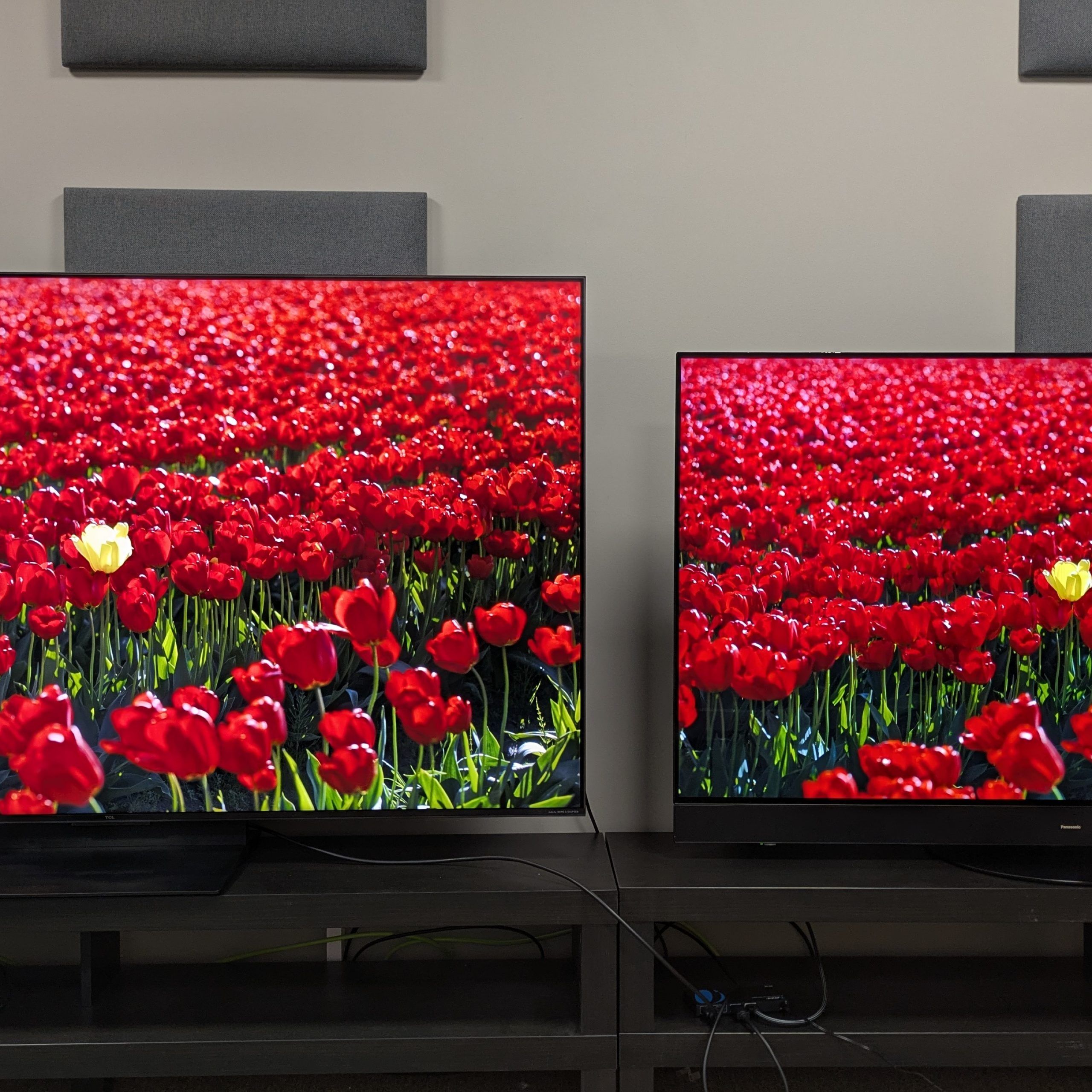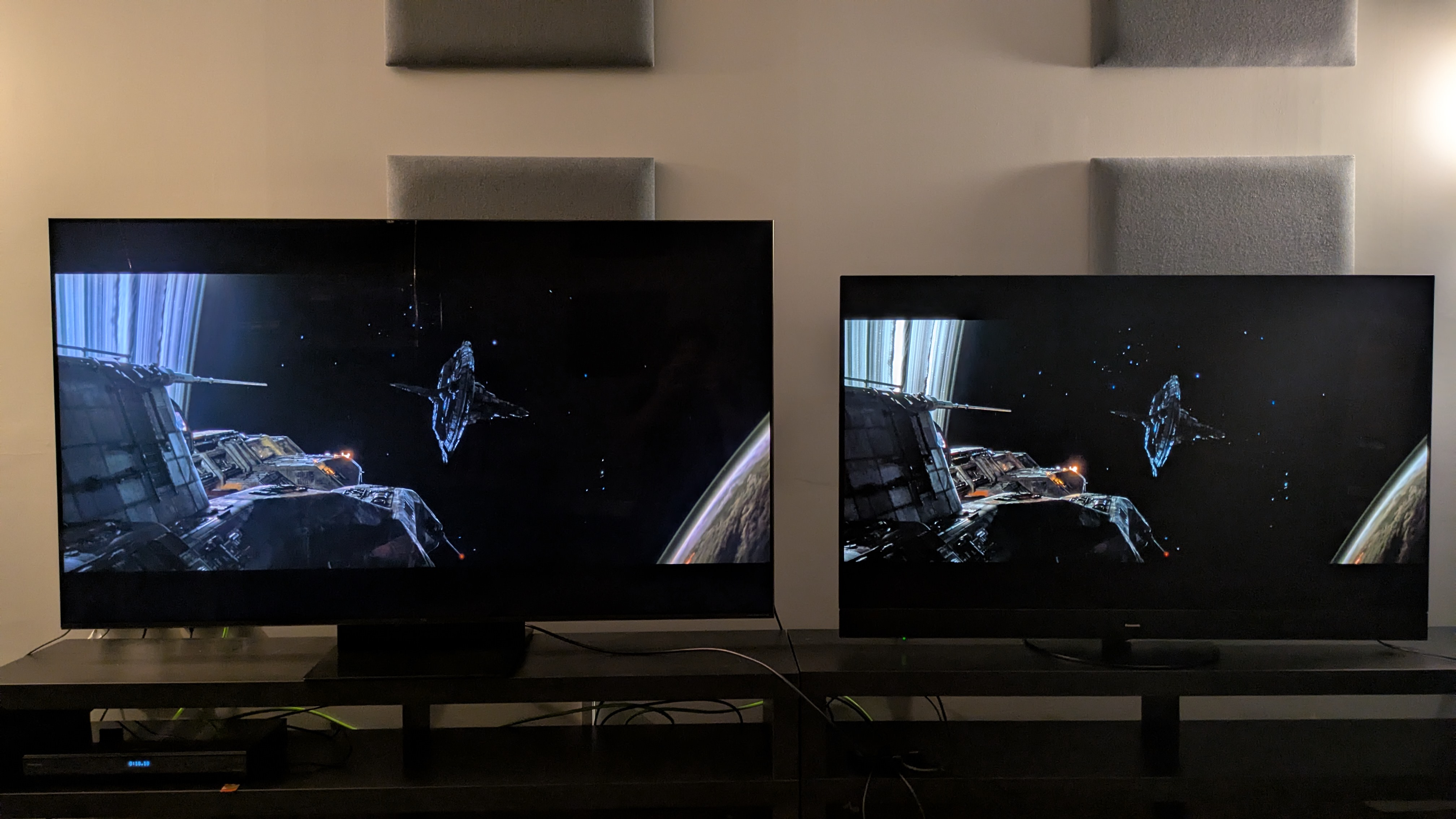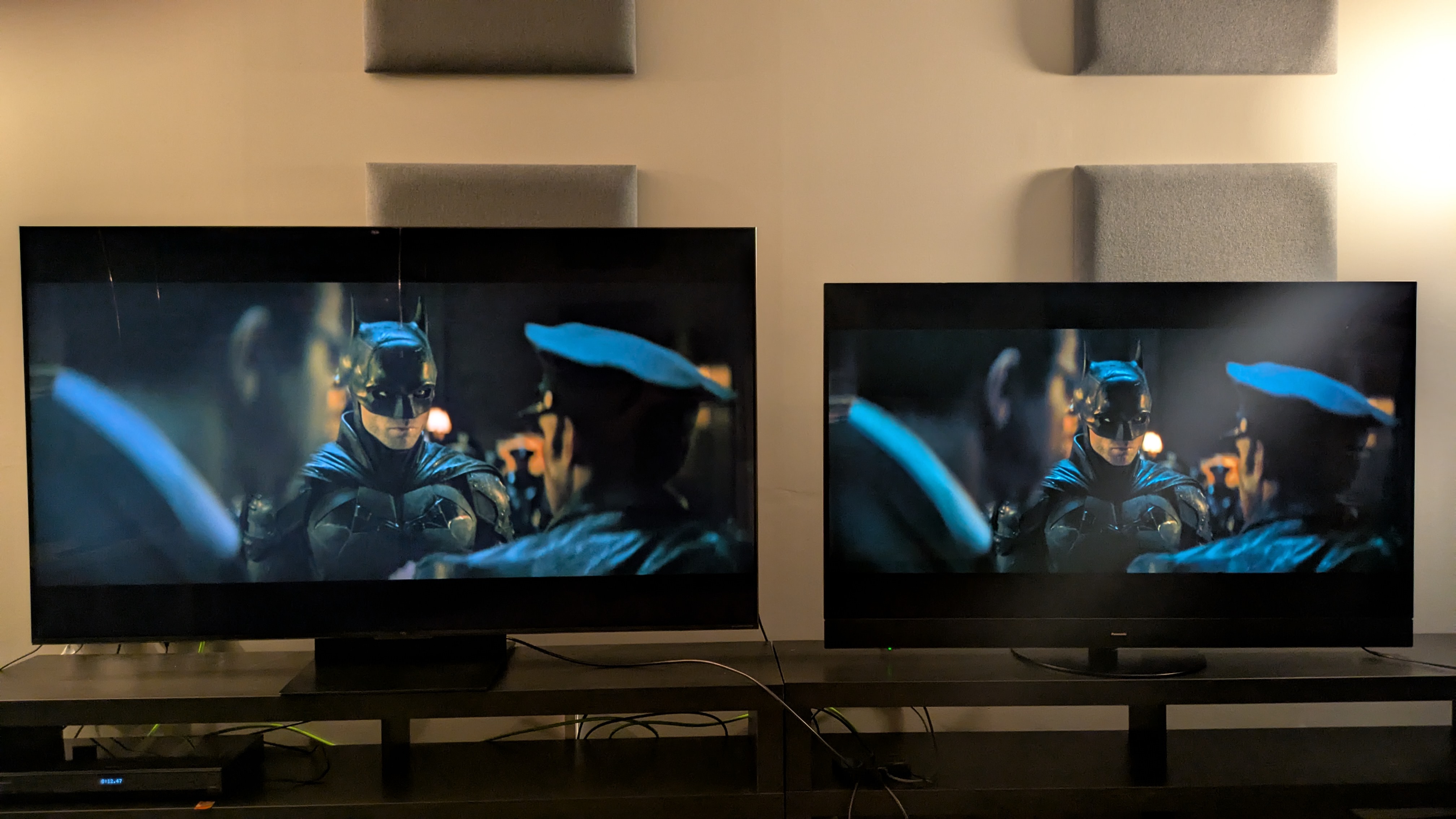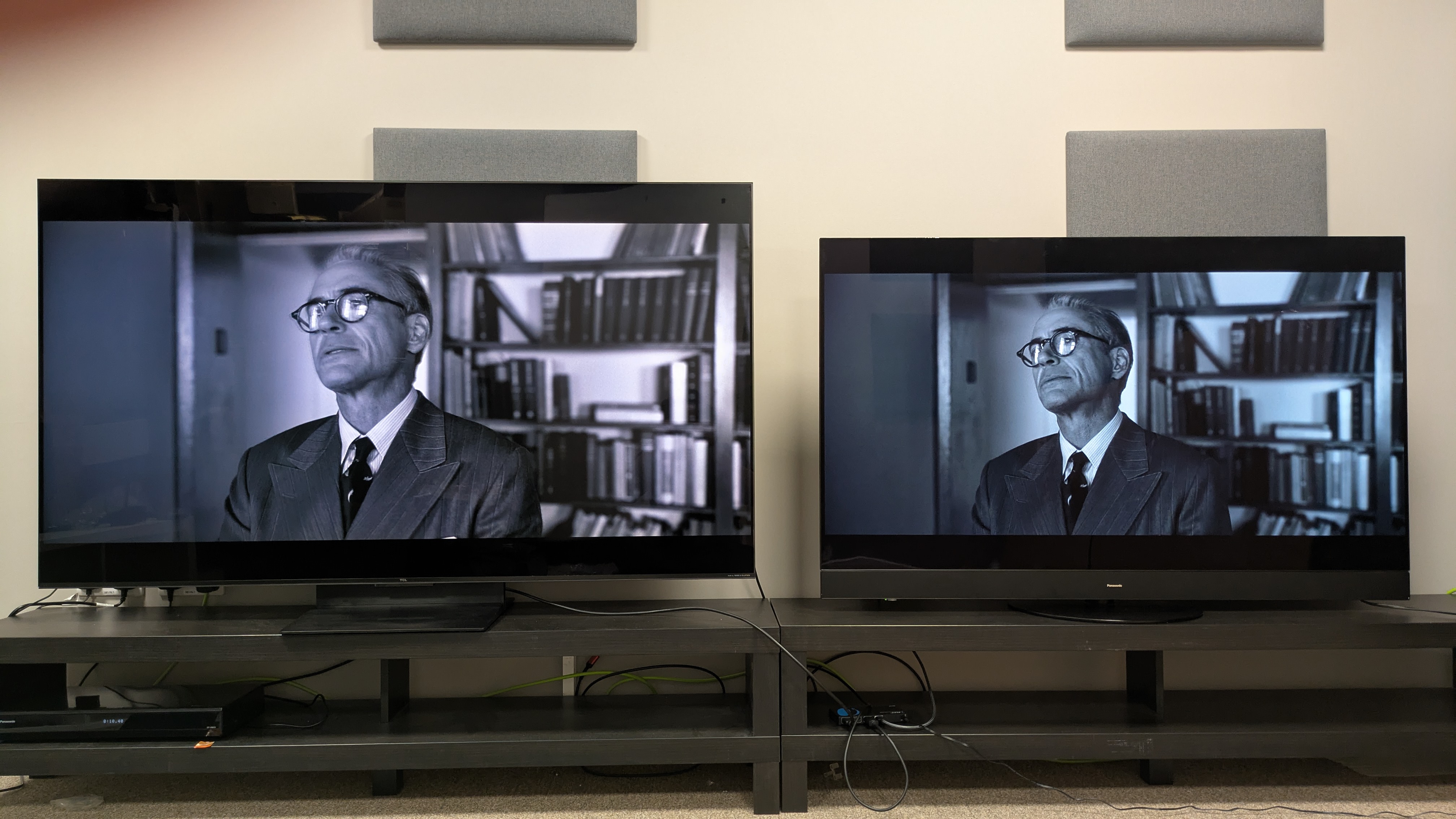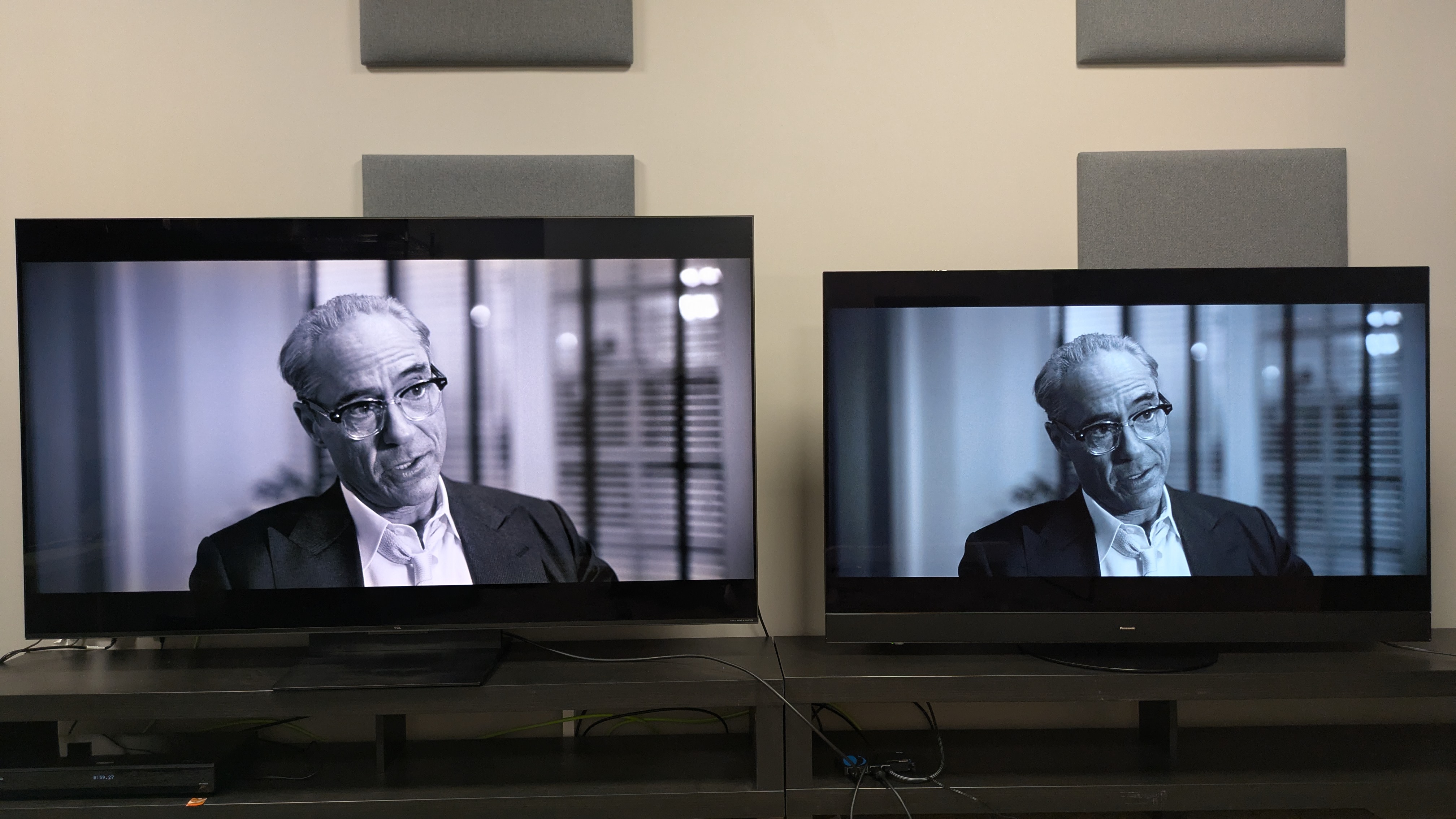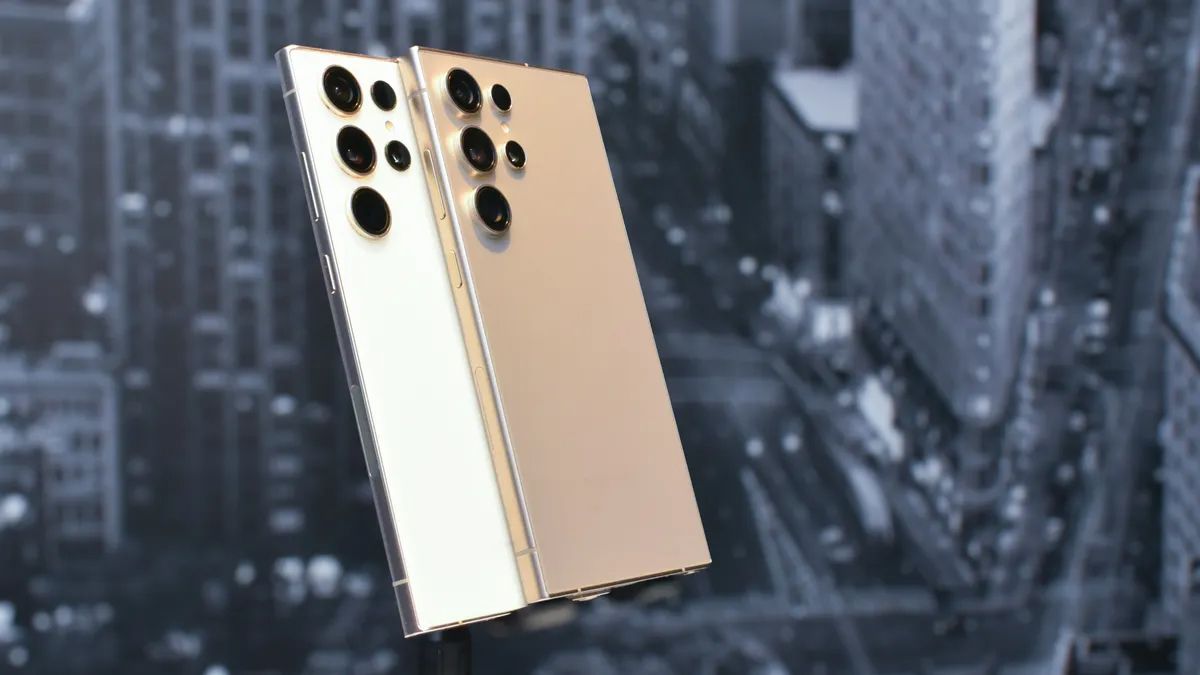Oled and Mini-LED are the two leading visualization technologies, and both offer a better image quality about standard LED televisions.
Most of the best televisions use these two technologies, but decide which one is most suitable for you can depend on several factors. Previously, Oled was the reference option for better black and contrast levels, while Mini-Led was better for brightness. While this is still partially the case, the differences between what each panel technology can offer has changed a bit.
Some of the best OLED televisions, such as the LG G5, are now reaching more than 2,000 maximum brightness nittos, which is enough to compete with televisions led by Mini. And some of the best televisions led by Mini have now significantly improved local attenuation, allowing deeper and more waves.
I have been testing the C7K Mini-Led TV TV, the middle range model in the TCL 2025 television line in the United Kingdom, and decided to present it with our TV OLED Panasonic MZ1500 reference (since 2023) to see how much the gap between the two technologies has been closed.
A quick note: these two televisions are only available in the United Kingdom, but for our American readers, the closest equivalents would be the QM7K Mini-LED TCL and the OLED Panasonic Z85A since 2024 or the LG C5 OLED since 2025.
Oled vs mini-led: color
Both Oled and Mini-Led have their advantages when it comes to color. With the TVs led by Mini, the colors tend to be brighter and stronger, while the colors on OLED televisions tend to be more saturated and have greater depth due to the inherently high contrast of Oled Tech. However, this was not completely the case with the C7K and MZ1500.
Seeing a 4K Blu-ray Wicked With both televisions in their Dolby Vision Picture mode, the colors of the C7K TCL had a surprising amount of depth and at the same time exhibiting the mini-read punch televisions of their high maximum brightness. The pink flowers around Elphaba during the scene 'Wizard & I' seemed vibrant on both televisions, but I could not help feeling more attracted to the C7K.
The MZ1500 still showed the advantages of the OLED self -consisting pixels in front of the local C7K local attenuation background, with Elphaba's green skin and the blue details in a wall design revealing a better contrast, but the C7K was not launched here.
Nor was it falling behind when seeing demonstration images in HDR10 format in the SPEARS AND MUNIL UHD BENCHMARK 4K Blu-ray. With both televisions established in the filmmaker mode, the yellow and the greens in the wings of a butterfly were brighter and seemed more natural compared to the bolder and deeper screen of the MZ1500.
Oled vs mini-led: black levels, contrast and detail
An area where the C7K impressed in my comparison were black levels. Throughout Alien: RomulusIn any scene in a hall or dark tunnel, the black levels of the C7K looked deeper and more rich than I had planned. Yes, the MZ1500 was better here, but it was still an excellent demonstration of the local attenuation skill of the C7K.
The same was true when I looked The Batman. The detail of the shadow on both televisions was excellent in the sequence of the opening crime scene, and the C7K showed enormously improved black levels compared to some mini-read that he had tried in the past.
The contrast was another area where competition was closer to what was expected. The C7K showed a great balance between the light and dark tones in the bright lights that score the shady surroundings in both Alien: Romulus and The Batmankeeping well against MZ1500.
As with the color, the OLED MZ1500 gave the textures greater depth and perceived details, creating a quality plus 3D. But the same textures, such as skin and facial characteristics, were also shown with realistic quality in the C7K.
Oled vs mini-led: screen uniformity
The C7K had impressed me during my comparison so far, but there is an area where Old Panasonic triumphed: the uniformity of the screen.
The uniformity of the screen refers to the ability of a TV to uniformly large areas of the same color, such as black. OLED panels use car emission pixels instead of a background light and, as a result, they can deliver uniform tones in all areas of the screen. But as the led mini TVs use the backlight to produce light, insufficient control of local background attenuation zones can create uniformity problems.
Watching black and white scenes from OppenheimerThe C7K did a great job by precisely showing the tones in black and white, along with a good range of grays, but I also noticed brown stripes under the black mailbox bars in these panoramic screen scenes, a low -screen -screen uniformity sign. This was not a problem at OLED MZ1500.
Oled vs mini-led: conclusion

Finally, the OLED MZ1500 had the superior image in my comparison, thanks to its self -addigent pixels. But, there is something key to remember here: price.
For a 65 -inch C7K in the launch, I would pay £ 1,399 ($ 1,499 for the QM7K in the United States, and approximately $ 2,326), while the MZ1500 65 inches in the launch in 2023 was £ 2,900 (approximately $ 3,700 / au $ 5,400).
Panasonic OLEDs are notoriously expensive, but even a new average rank OLED such as LG C5 costs $ 2,699.99 / £ 2,699.99 / AU $ 4,299. That is a great price gap.
Then, yes, while the MZ1500 comes out at the top, the C7K (and the QM7K, which won four five and a half stars in our review) demonstrates the solid level of performance that you can now expect from a TV led by Mini, along with its relatively high value when it faces an OLED TV.

